Top 10 Things To Do In Congaree National Park, S.C.
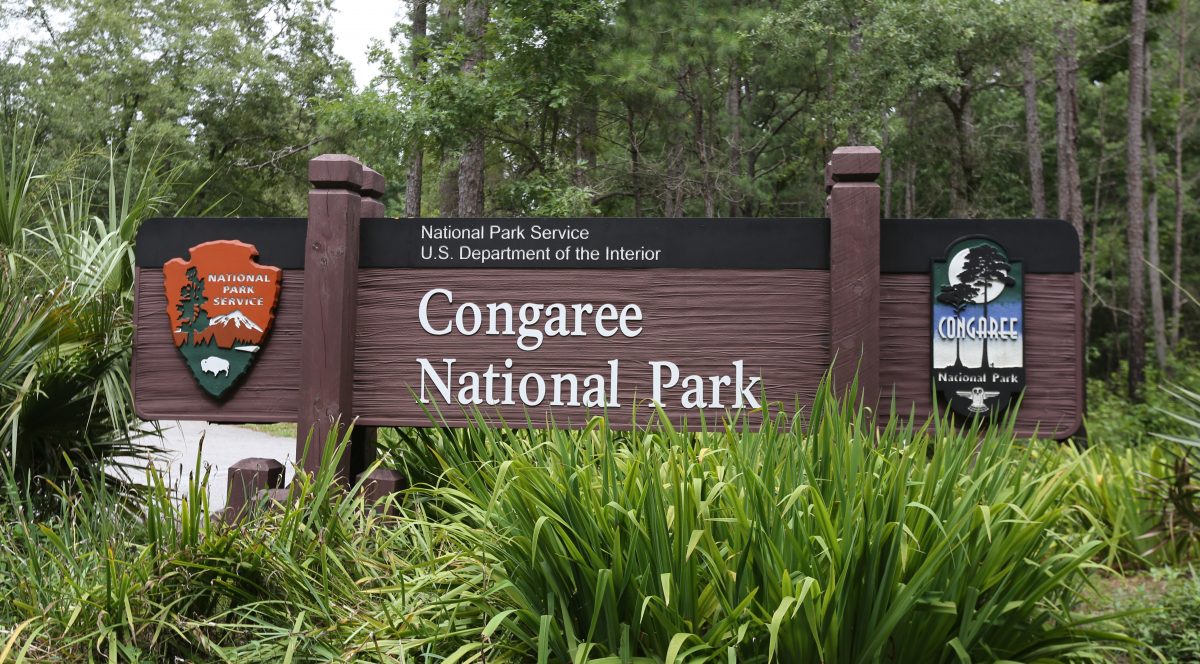
Light filters eerily through the hardwood boughs. It streams in beams through the trunks of ancient oaks and gum trees. It drops through thickets of green leaves to the undergrowth of mushrooms and decaying leaves. Sometimes, a wild turkey rustles the twigs. Occasionally, you can spy a deer stalking through the shadowy woodlands. Welcome to the Congaree National Park – the largest national park of virgin bottomland forest in the whole of the United States.
Spread over a whopping 26,000 acres of land on the low-lying floodplains of South Carolina, it’s a strange and unique place. The Congaree River is what gives it the name. You can find that wiggling like a rattlesnake to the south towards sweeping Lake Marion. On the sides of that waterway are vast tracts of the waterlogged marsh. When the river breaks its banks they turn into swampland, and the currents bring rich alluvial deposits that help the curious champion trees and pines soar so high.
These days, the UNESCO biosphere tag and national park status bring thousands of adventurers to this corner of South Carolina. They come to glide on kayaks through misty bayous. Go on wildlife safari adventures; to spot armadillos and feral pigs. Others aim to trek boardwalk trails. And there are remote Congaree National Park camping sites for those any want to pitch up and feel totally immersed in the Palmetto State backcountry…
1.
Go Congaree National Park camping

©Photo by Luis Figueroa on Unsplash
The best way to feel totally enveloped by the wild forests of the Congaree National Park is to stay under canvass. Thankfully, there’s a duo of Congaree National Park camping grounds where you can do just that. They offer a well-managed and maintained area for you to see the old-growth gum woods up close and personal.
The largest of the two designated campsites in the Congaree National Park is the Longleaf Campground. It’s, conveniently, right by the entrance of the reserve, just off Old Bluff Road. It’s got a total of 10 individual pitches, along with a few larger spaces that can hold groups of up to 24. Each tent spot also comes with a picnic table and a fire pit for those evenings of marshmallow roasting.
Hiking trails start right from the doorstep of the Longleaf facility. Just a few steps to the south and you can be wandering the Weston Lake Loop or the Bluff Trail, delving into champion groves and swamps. Before you get excited about all that, remember that you will need to apply for a permit for Congaree National Park camping. Tent rates start at $10 USD/night.
2.
Hike the Weston Lake Loop
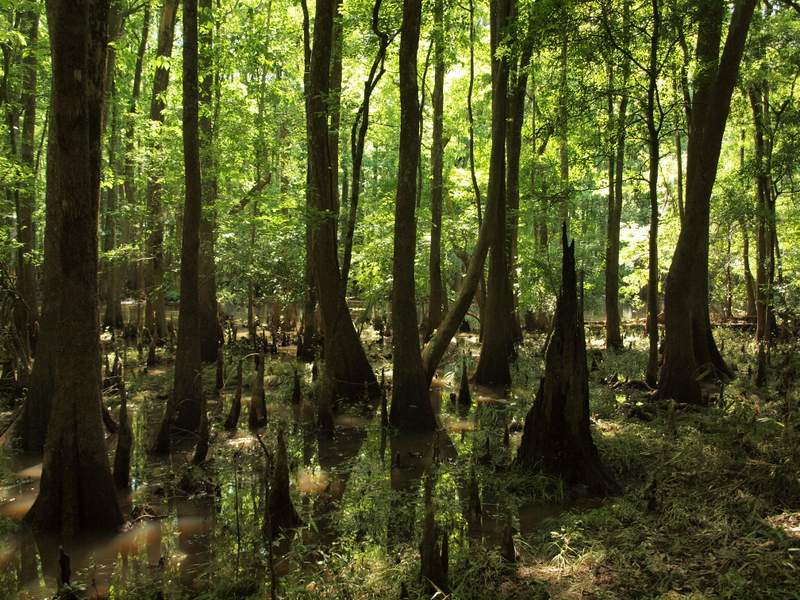
©Photo by Hunter Desportes on Flickr
Lace-up the boots and ready yourself for one of the most popular circuit walks in the whole of the Congaree National Park. Running for nearly five miles, the route starts on the so-called Low Boardwalk and breaks away into the woods on a path leading southward. It instantly gets you surrounded by high trees that tower 10s of meters overhead and offers glimpses of the unique flora and fauna of the reserve.
What you see will depend on the Congaree National Park weather. On wet, rainy days, there’s likely to be pop-up floods ringing the base of colossal champion trees and gnarled oaks. On drier mornings, you can see the crispy undergrowth, blooms of lichen, and emerald mosses clambering up the roots.
No matter what the conditions, you’re in store for some awesome sights. They include possible glimpses of opossums and bobcats (though they are rare). There are moments where you hike alongside creeks peppered with gum trees where beavers have gnawed the timbers. And you’ll even see some of the tallest loblolly pines on the planet.
3.
Have a photography walk of the Congaree National Park
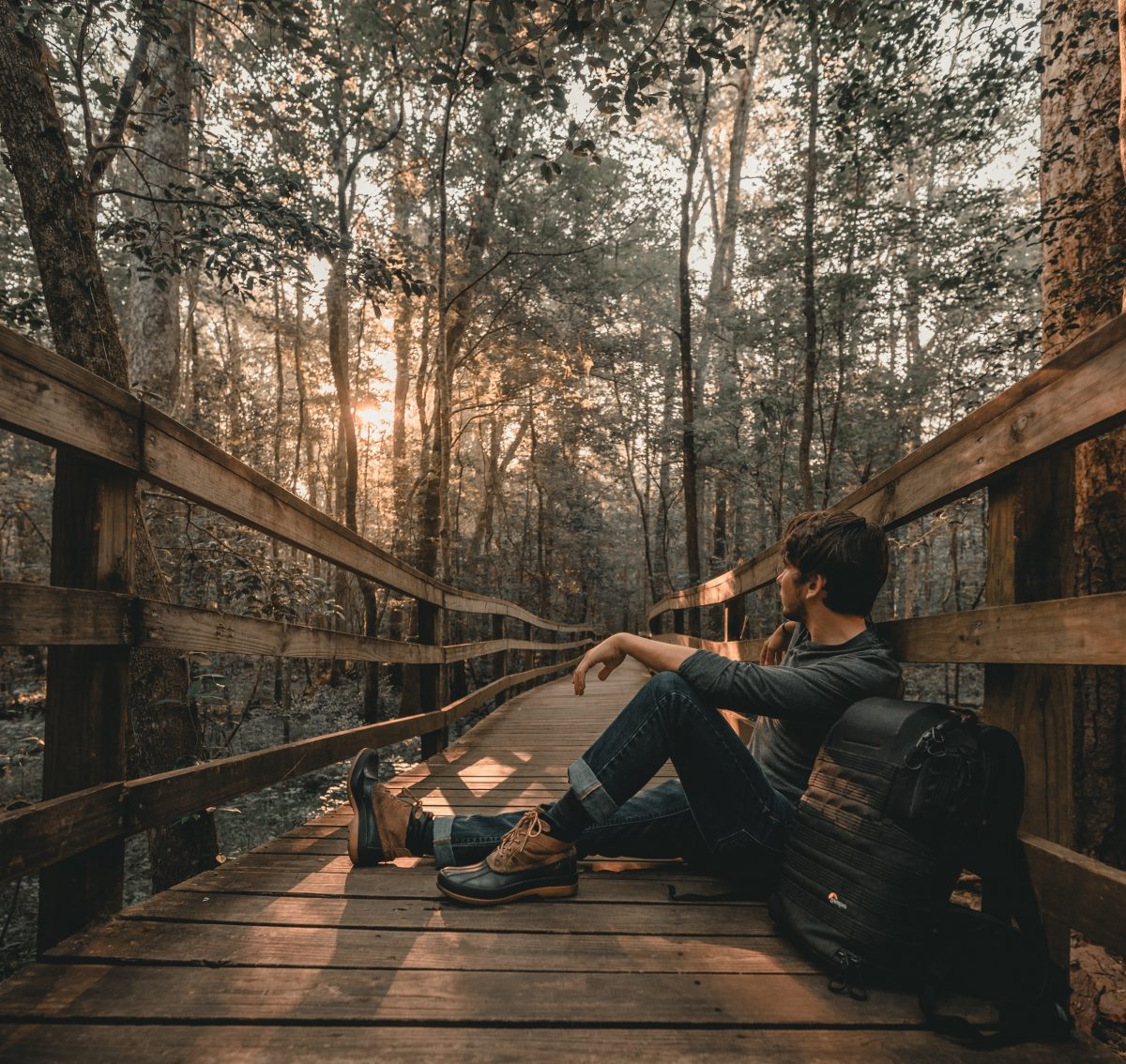
©Photo by Clay Banks on Unsplash
There’s something about the way the light filters through the rows of champion trees, gums, elms and oaks here that makes it an amazing place to crack out the lens and the filters. Yep, all budding photographers traveling through the Palmetto State should be sure to add Congaree to their list.
On early fall mornings, the 2.4-mile boardwalk trail is a great place to go hunting the perfect shot. As it wiggles through the murky swamplands, you can pitch the tripod above blooms of rare fungi. Or, you can train the telephoto on the color-changing leaves. They turn gorgeous hues of ochre, orange, daffodil-yellow, and coffee-brown come October and November.
In the winter, you might be lucky enough to catch the wilderness submerged in water. That’s another time when photo buffs will want to get out early. During the dawn light, the aqua ripples and mirrors the look of the forest in magical ways. You can see bare trees without a single leaf rising and rising against each other. They shimmer and sway like totem poles wedged into ancient swamplands. It’s an alluring subject to photograph.
4.
Go kayaking
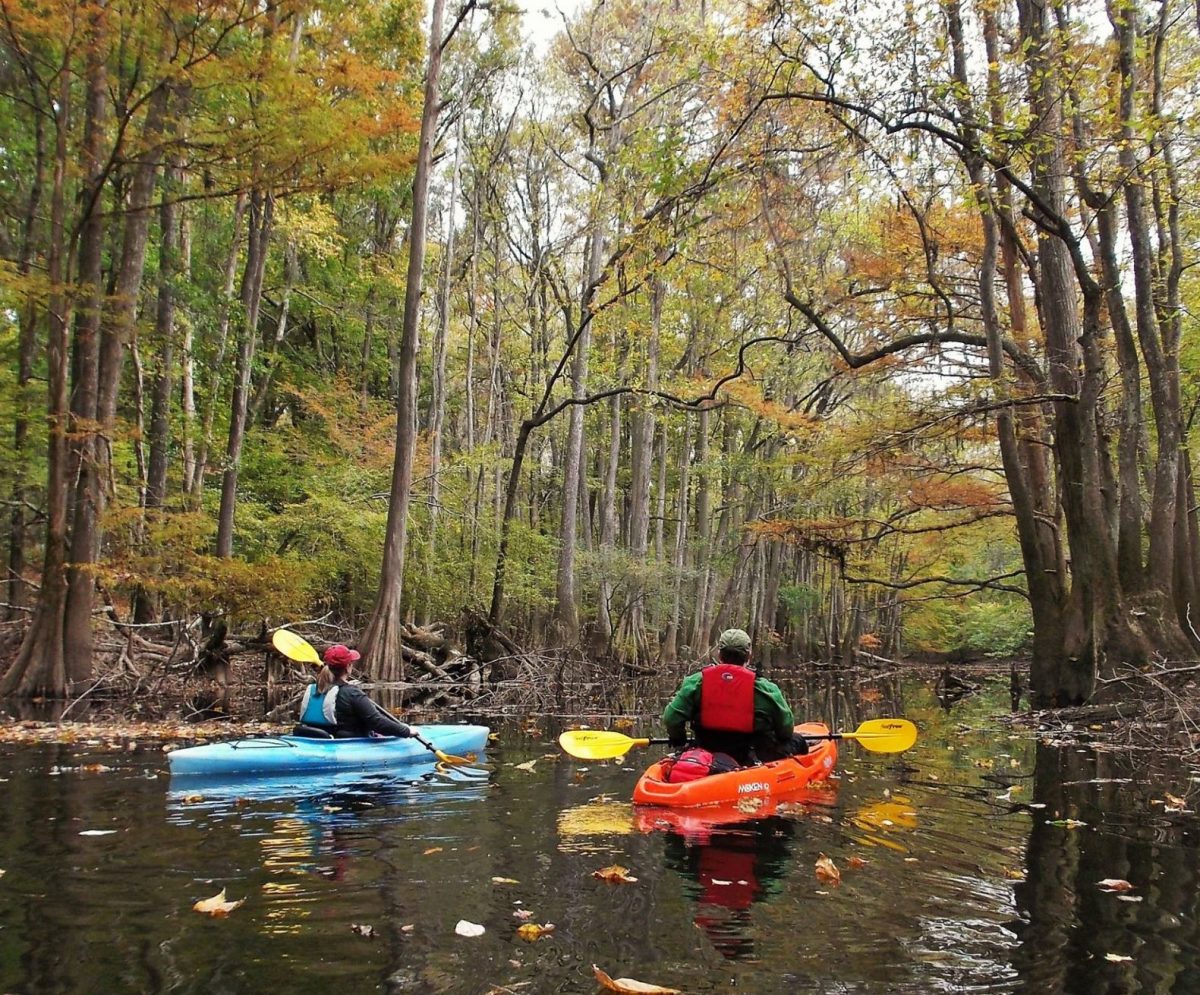
©Photo by Jtmartin57 on WikiCommons
One of the most popular ways to explore the depths of South Carolina’s Congaree National Park is by water. Kayaks are perfectly suited to navigating this wetland. They can pierce into narrow inlets and wiggle niftily between the hulking pines and hardwoods better than any bulky boardwalk trail.
Cedar Creek is one of the best places to launch your vessel into the water. It hides in the heart of the Congaree reserve. There, it marks the start of the managed Cedar Creek Canoe Trail. That’s 15 full miles of aqua-based adventure. You can begin at Bannister’s Bridge and follow snaking rivers shrouded by colossal trees. As you paddle, be sure to keep an eye out for otters, turtles, rare waterfowl, and even the formidable crocodile (there are a few in these parts).
It’s important to bring your own gear for the ride if you’re not planning to go kayaking or canoeing as part of an organized group. That can be rented from a whole host of nearby outfitters. However, there are also free tours run by local rangers. They typically start in April and May each year, when the Congaree National Park weather takes a turn for the better.
5.
Delve into the Harry Hampton Visitor Center

©Photo by Congaree National Park
This one’s a first pitstop for anyone keen to get a feel for the startling biodiversity that makes its home in the Congaree National Park. It’s sat just south of the main entrance of the park, past the Longleaf Campground and the junctions with Old Bluff Road. There, it awaits in a shell of weathered timber, beneath a grove of virgin-growth pines and gum trees – the perfect start to any South Carolina backcountry trip.
Inside, you can explore exhibits that unravel the rich layers of geology, animal life, and human history that coalesce in this corner of South Carolina. There’s also an 18-minute film to introduce guests to the various natural wonders the park holds. Dedicated park rangers and trained ecologists run the center. That means there’s always someone at hand to ask about those curious critters and insects.
6.
Walk the Boardwalk Loop
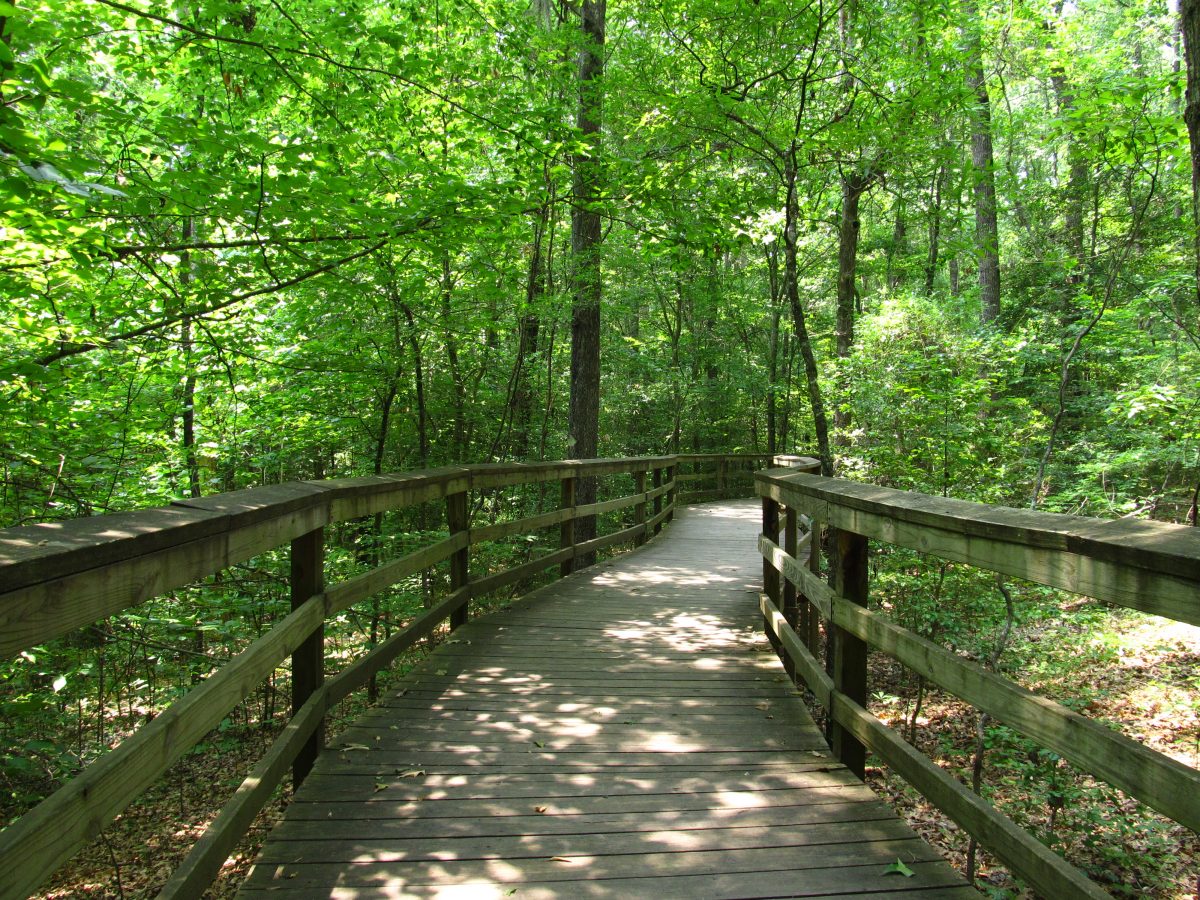
©Photo by Ken Lund on Flickr
The Boardwalk Loop has been offering travelers the chance to get a feel for the wonders of Congaree for years. It’s perhaps the single most popular hiking path on the roster in the area. It clocks up 2.4 miles in length and crosses some of the most quintessential parts of the park. That means you get to witness the ancient woodlands, spot local fauna and get a little exercise done in the meantime.
After leaving behind the visitor’s center that sits off Old Bluff Road, you delve straight into the old coastal woodlands. You’re instantly immersed in gigantic tupelo trunks and hardwood trees. On either side of the trail are inky-black patches of water. Insects scramble up the timber and the calls of water birds echo through the woods.
The Boardwalk Loop culminates with an observation deck perched out over the waters of a large lake. It’s a prime spot for photo buffs and animal lovers. Glimpses of turtles, river otters, and canopy-shattering pine trees await there. A word of warning though: Be sure to bring mosquito repellent!
7.
See the gigantic loblolly pines of Congaree National Park
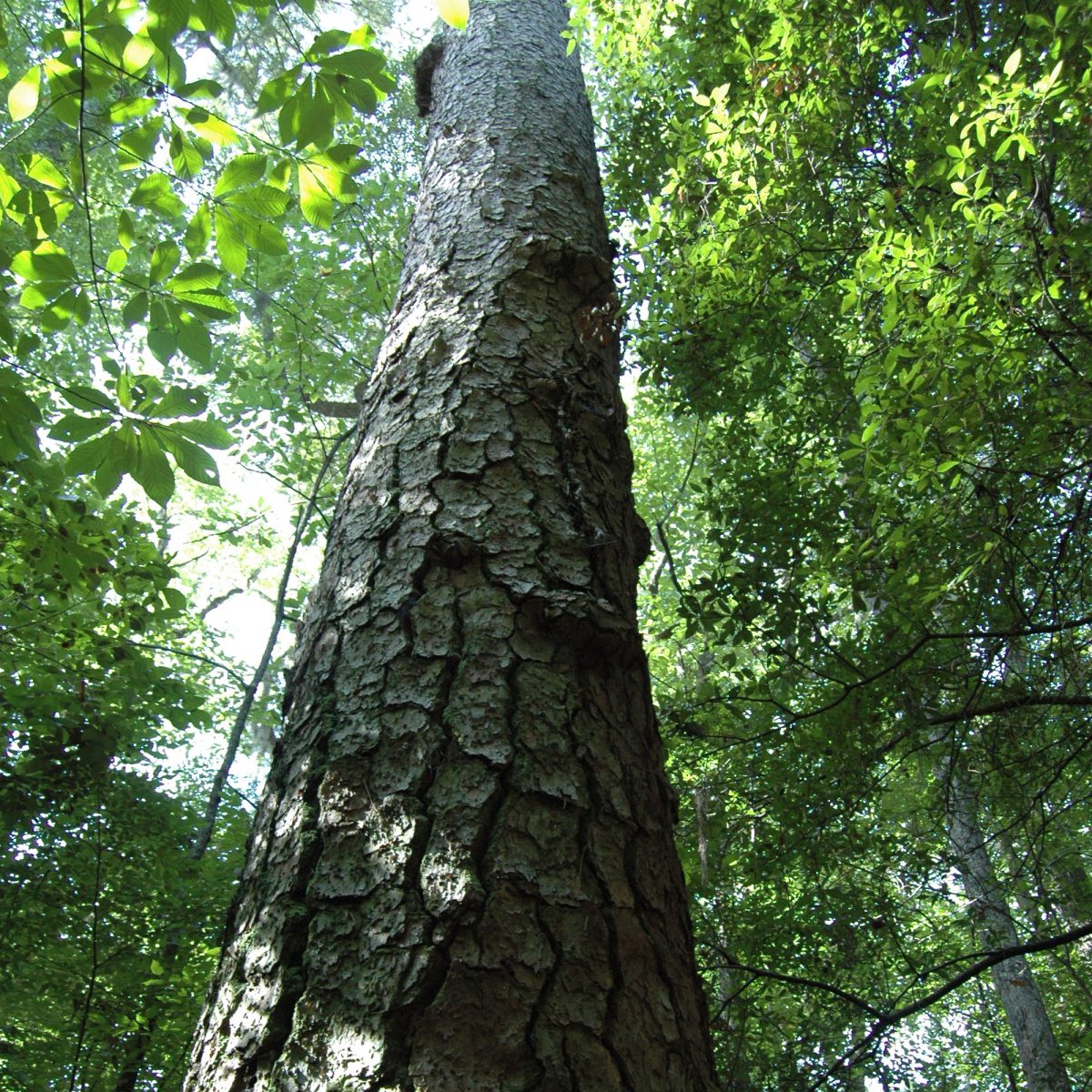
©Photo by Official Congaree National Park
Putting its ancient forest camps and old-growth oaks, its wetlands and curious creatures aside for a moment, there’s something else that’s ready to wow in the Congaree. Fans of colossal flora assemble, lovers of large trees be prepared. This is the home of one of the largest loblolly pines in the whole world.
The fine specimen can be found splintering high above the canopy. It stands a whopping 187 feet tall, dwarfing all the hickories and oaks beneath it. In fact, it’s only a few meters off the famous trunks of the Great Smoky Mountains, which puts the pine up there with the lankiest examples in the whole of America.
8.
Get to the lookouts of the Congaree Bluffs Heritage Preserve
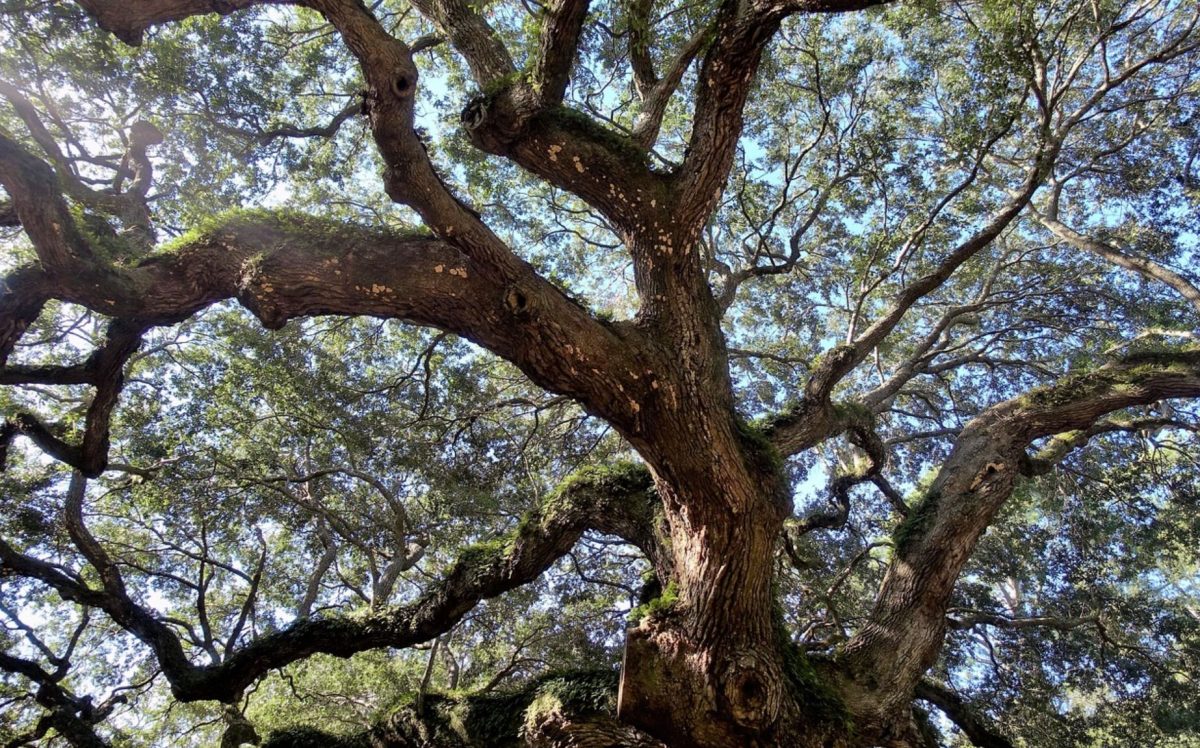
©Photo by GeorgeB2 on Pixabay
You can look for the Congaree Bluffs Heritage Preserve on the south side of the national park. Itself a state park, it buts up to the courses of the Congaree River with its maze of hiking paths and leaf-strewn forests. In total, this part of the reserve covers 201 acres, encompassing groups of hickory, oak, and tupelo tree, often clad in beautiful clusters of Spanish moss.
One of the great highlights of the Congaree Bluffs Heritage Preserve is its series of lookout points. Built on decks that stand watch over the Congaree River, they are the perfect place to survey this unfolding hinterland. You’ll be able to see as the vast blanket of greenery that is one of the largest national parks in South Carolina goes northwards. And you can watch the muddy waters drifting eastwards towards the Palmetto State’s lakes and coast.
9.
Visit the Millford Plantation Historic Site Near Congaree
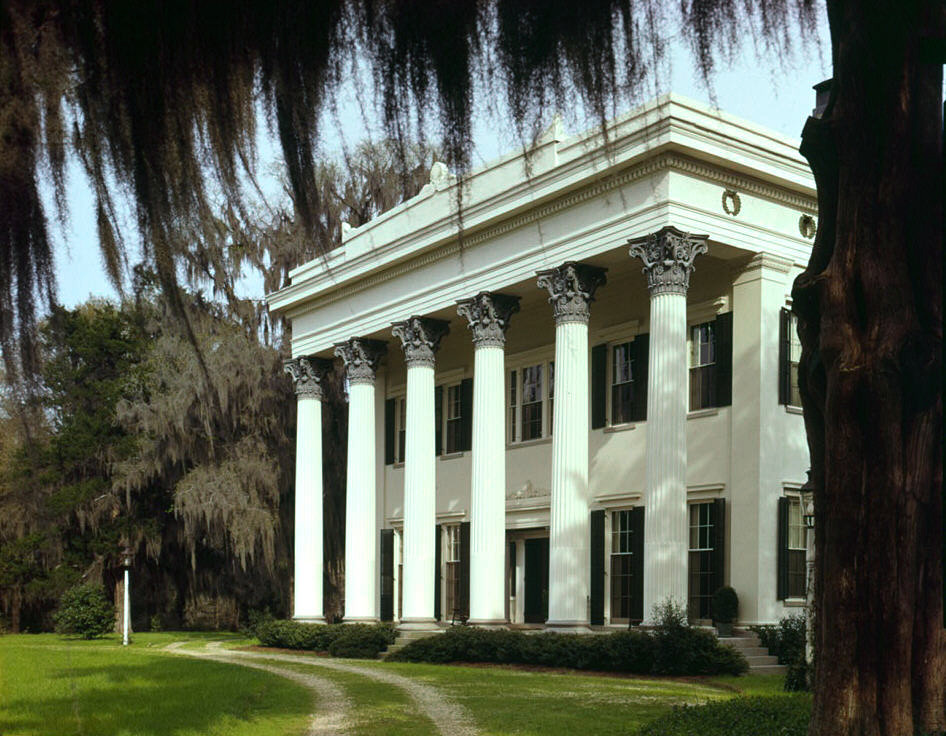
©Photo by Jack Boucher on Wiki Commons
Done gawping at the great champion trees of Congaree National Park itself? A history fix awaits just to the east. Cue the Millford Plantation Historic Site. It’s immersed in the lowland swamps that filter off the edge of the Congaree River at the north end of Lake Marion. At first glance, it’s the vision of what the country estates of tycoons and luminaries would have looked like back in the 1800s. But then you delve deeper and uncover the darker past of the slave era. You find out that this was the onetime home of more than 600 enslaved people and a flashpoint in the American Civil War.
That sobering and immersive narrative runs alongside some stunning architectural features. Experts have hailed the Millford Plantation as one of the most accomplished examples of Greek Revival building in the High Hills of Santee. Inside, there are also rare furnishings that bear the name of Duncan Phyfe. He was one of America’s most celebrated interior artisans back in the mid-19th century.
10.
Poinsett State Park
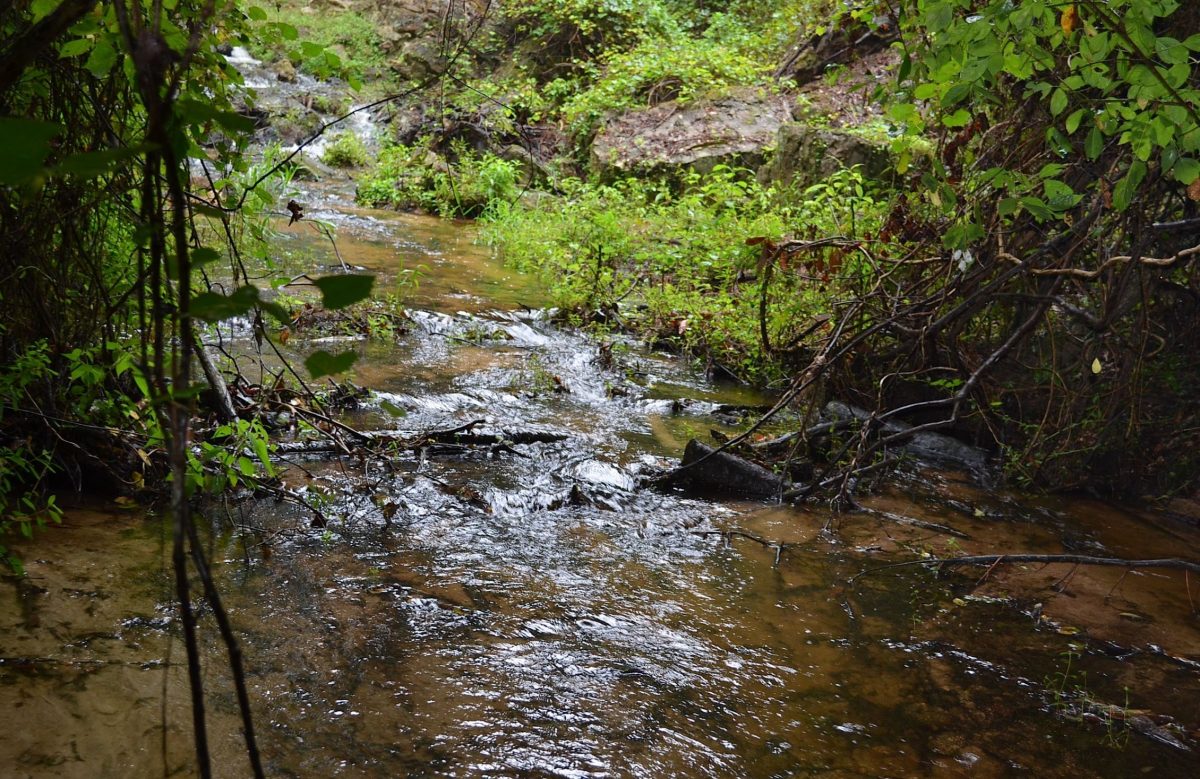
©Photo by mogollon_1 on WikiCommons
If you’re planning on putting together a real South Carolina odyssey, the Poinsett State Park is a great addition to the mix. You’ll need to strike out eastwards from the Congaree National Park to find it. There, it clutches the Manchester State forest some 45 minutes’ drive from Kingsville.
Unlike in the Congaree, the coastal plains of SC crumple upwards into a series of hillocks and valleys in the Poinsett State Park. That gives them a totally different topography. And it means they have biodiversity that mingles alpine flowers, Appalachian woodlands, and the hardwood hammocks you will have explored while wandering the boardwalks to the west.
Be sure to bring along good walking boots and even the camping gear. There are some enticing ancient forest camps to set up a tent at. And there are miles of trails. Find them crossing gushing creeks, pass lily-padded ponds, and delve into hickory, holly, and myrtle groves as they go.
Have you been to the Congaree National Park? Let us know your thoughts at the comment section down below. If you’re looking for other hiking spots in the U.S.? Check out our guide to all the national parks in the U.S. here!

